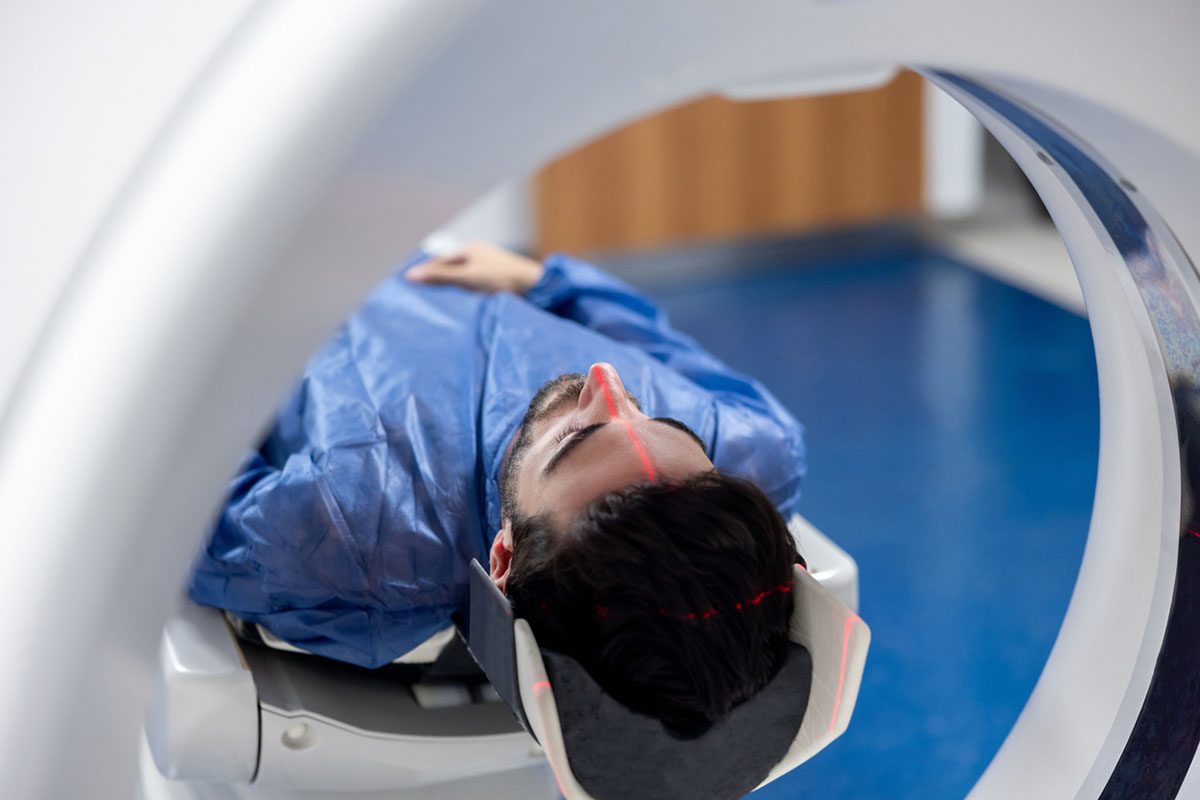aDepartment of Psychiatry, Rady Faculty of Health Sciences, Max Rady College of Medicine, University of Manitoba, Winnipeg, Manitoba, Canada
*Corresponding author: Sina Hafizi, MD, Department of Psychiatry, PsycHealth Centre, PZ433-771 Bannatyne Ave, University of Manitoba, Winnipeg, MB R3T 2N2 Canada ([email protected]).
Prim Care Companion CNS Disord 2021;23(6):21cr02924
To cite: Hafizi S, Uduehi E. Functional neurologic symptom disorder versus Guillain-Barre syndrome. Prim Care Companion CNS Disord. 2021;23(6):21cr02924.
To share: https://doi.org/10.4088/PCC.21cr02924
© Copyright 2021 Physicians Postgraduate Press, Inc.
Functional neurologic symptom disorder (FNSD), also known as conversion disorder, is characterized by at least 1 neurologic symptom of alteration in voluntary motor (eg, paralysis and speech symptoms) or sensory function (eg, hearing, visual, or olfactory disturbances) that is not better explained by any identified medical disorder. It has an estimated incidence of about 2.3 to 4.2 per 100,000 in children younger than 16 years of age.1 FNSD is typically described as a diagnosis of exclusion, and it is considered after organic causes have been ruled out. The etiology of FNSD is not well understood; however, studies suggest a link between history of traumatic and/or stressful life event and this condition. Moreover, neuroimaging studies have shown alterations in brain function (eg, in prefrontal and sensorimotor areas) and also abnormalities of functional connectivity in individuals with FNSD.2
Case Report
A 13-year-old boy from a rural area in Canada initially presented as an outpatient with cold symptoms, sore throat, and a cough that gradually aggravated and was associated with hemoptysis. He was diagnosed with and treated for pneumonia. His cough stopped a short time later; however, he became immobile and presented to an emergency department with ascending weakness and sensory changes (paresthesia) and was admitted to the hospital with a tentative diagnosis of Guillain-Barre syndrome. He also complained of generalized abdominal pain with local tenderness and orthopnea, and soon after he experienced psychogenic nonepileptic seizures. Following the seizure activity, he became mute and was only communicating by writing. He also complained of hallucinations, mainly visual (eg, seeing animal faces on people) and tactile. He underwent a complete medical workup including brain and spinal magnetic resonance imaging scans with gadolinium (to rule out possible neurologic conditions such as Guillain-Barre syndrome and transverse myelitis), abdominal computed tomography scan (due to his abdominal pain and tenderness), chest x-ray, blood work (including complete blood count, electrolytes, C-reactive protein, erythrocyte sedimentation rate, immunoglobulins, autoimmune disease screening, viral markers, and thyroid function test), and a lumbar puncture (for cerebrospinal fluid appearance, protein, glucose, cell count and differential, and culture). His medical workup was generally unremarkable, although some of the immunology workup was pending. He was seen by the neurology team and then was referred to the psychiatry department with a possible diagnosis of FNSD. He was admitted to a psychiatric facility for observation and management.
Previous psychiatric assessment indicated a history of attention-deficit/hyperactivity disorder (ADHD) and anxiety symptoms (since the age of 7 years), which were being treated. Multiple current stressors were identified during the history taking, including recent peer relational problems, trouble with bullying, some conflict with his father because of spending time with peers who were a bad influence on him, and stress from schoolwork, particularly math. He also had a history of multiple traumas including history of abuse, being witness to domestic violence in the family home, and the death of a teammate. School and parent reports indicated a history of impulsive, disruptive, and attention-seeking behaviors. He was reported to have poor adaptability and peer relations/social skills. His parents separated when he was a preschooler, and since then he lived mostly with his mother and only visited his father during weekends. He reported occasional alcohol use and vaping and denied using any other substances. He was reported to have a positive family history for ADHD, depression, and anxiety. He was soon discharged home with a diagnosis of FNSD, and a referral was made for psychotherapy in the community.
Discussion
Although the prognosis of FNSD in children and adolescents is good and the majority of affected individuals usually recover within a year, the burden of this condition on patients, caregivers, and the health system is enormous.3 While early diagnosis of this condition can significantly improve the prognosis and reduce the cost of management, a fear of misdiagnosis especially in the pediatric population can result in over-investigation and a delay in treatment. Research shows that misdiagnosis of FNSD has significantly improved over the last 70 years and declined from 29% to about 4%.4 Some clues in the history (including collateral information) and physical examination in the pediatric population should increase the physician’s suspicion of FNSD. History of sexual abuse, parental rejection and poor emotional warmth, depressive and anxiety symptoms, and the presence of obsessional personality traits are some of the most common predisposing factors.5 Furthermore, motor symptoms (including disturbances of gait) and psychogenic nonepileptic seizures are the most common presentation in the pediatric population.
This case report underscores that the presentation of FNSD in the pediatric population can be complex and associated with multiple functional neurologic symptoms.
Published online: November 18, 2021.
Potential conflicts of interest: None.
Funding/support: None.
Patient consent: The patient’s guardian provided written informed consent after she received a description of the study, and information was de-identified to protect anonymity.
References (5)

- Kozlowska K, Nunn KP, Rose D, et al. Conversion disorder in Australian pediatric practice. J Am Acad Child Adolesc Psychiatry. 2007;46(1):68–75. PubMed CrossRef
- Ejareh Dar M, Kanaan RA. Uncovering the etiology of conversion disorder: insights from functional neuroimaging. Neuropsychiatr Dis Treat. 2016;12(12):143–153. PubMed
- Pehlivantürk B, Unal F. Conversion disorder in children and adolescents: a 4-year follow-up study. J Psychosom Res. 2002;52(4):187–191. PubMed CrossRef
- Stone J, Smyth R, Carson A, et al. Systematic review of misdiagnosis of conversion symptoms and “hysteria.” BMJ. 2005;331(7523):989. PubMed CrossRef
- Leary PM. Conversion disorder in childhood—diagnosed too late, investigated too much? J R Soc Med. 2003;96(9):436–438. PubMed
Please sign in or purchase this PDF for $40.




